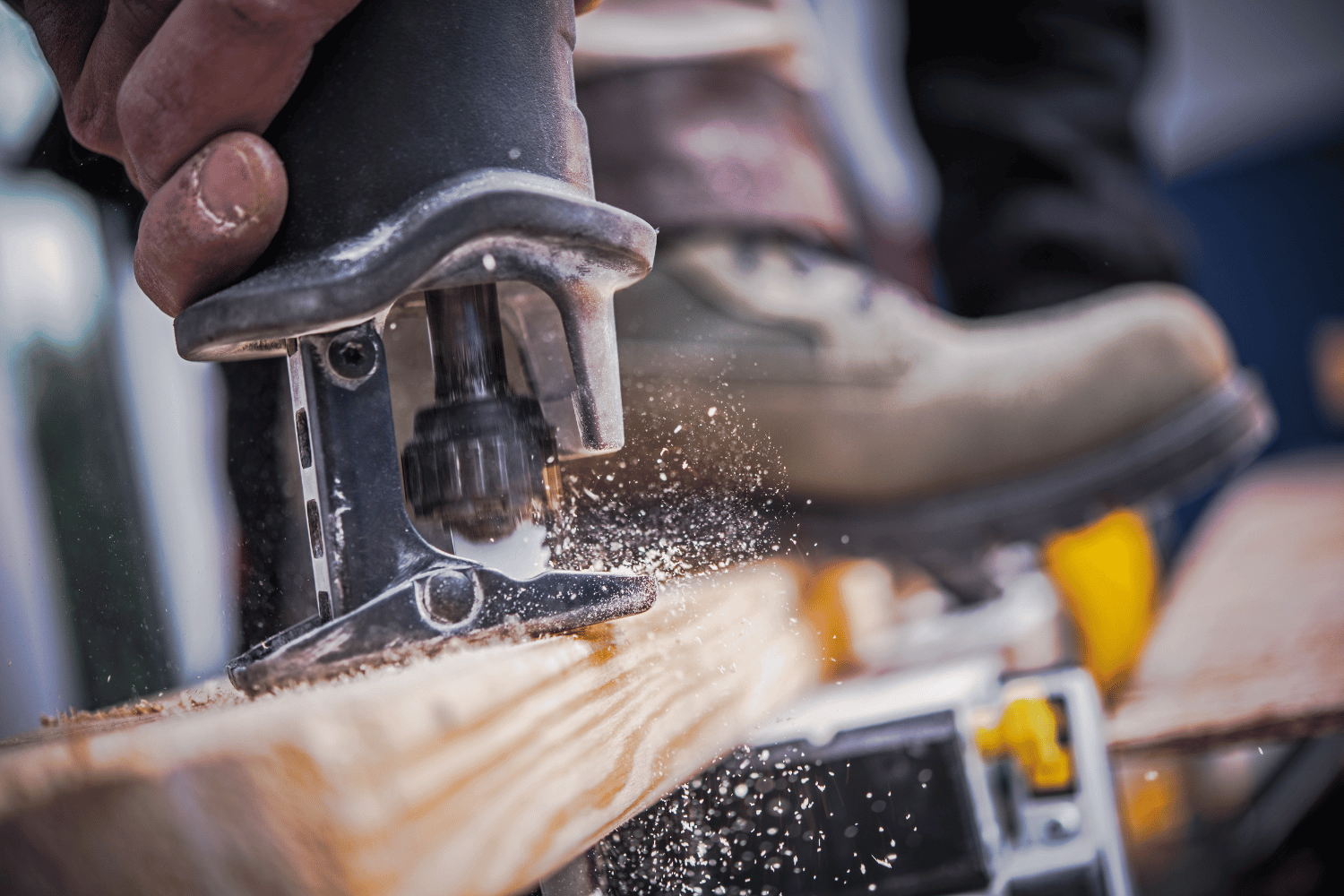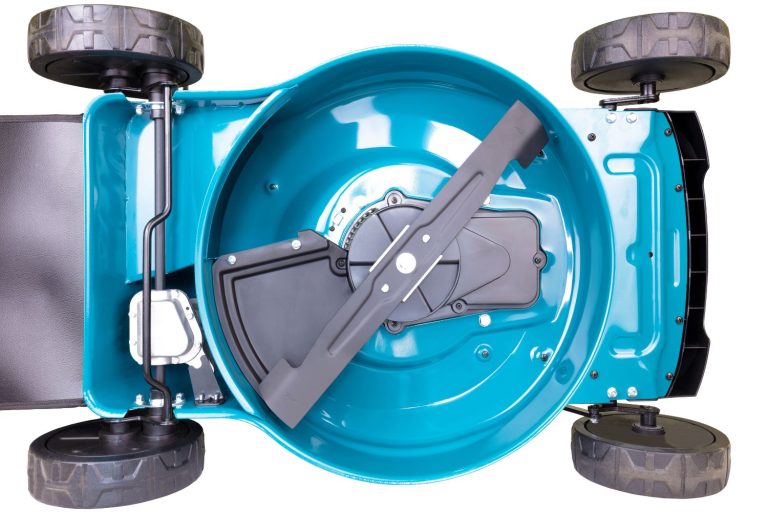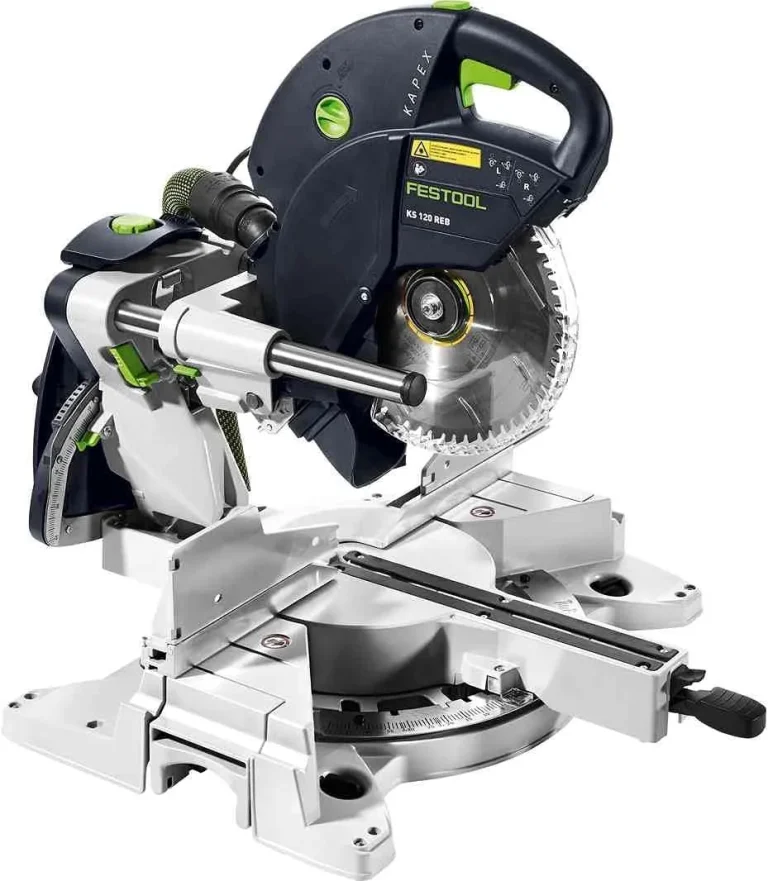Unlocking the Power of the Reciprocating Saw
Imagine a power tool so versatile and efficient that it can tackle a wide range of tasks, from demolition and remodeling to pruning trees and storm cleanup. Welcome to the world of reciprocating saws, a must-have tool for any DIY enthusiast or professional. In this blog post, we’ll dive into the world of the reciprocating saw, exploring its components, features, and unique applications, as well as tips for safe and efficient use. By the end, you’ll be eager to add this incredible tool to your arsenal and unlock its full potential.
Short Summary
- Reciprocating saws are powerful tools used for demolition and renovation projects, with components and features to provide enhanced control.
- Choose the right blade for your project. There are wood cutting blades, metal cutting blades, specialty blades/attachments available.
- Reciprocating saws offer versatile applications including demolition & remodeling tasks, plumbing projects, tree pruning & storm cleanup, proper care is essential for extending their lifespan.
Understanding Reciprocating Saws

A reciprocating saw, also known as a recip saw, is a powerful tool that uses a reciprocating blade to cut through various materials. These saws are widely used in demolition and renovation projects. They can make fast and easy cuts which would otherwise be hard or take a long time with other types of saws. The reciprocating saw is lightweight and portable, making it suitable for use in confined areas. Additionally, it is highly versatile and can be employed to cut a range of materials using different types of blades, including slightly curved blades for specific tasks.
Modern reciprocating saws typically range in price from $100 to $300, depending on the brand and features. Professional-grade reciprocating saws offer orbital action, adjustable feet, variable speed, and other useful features that can even be used to polish metal surfaces with the right attachment.
With some diligence and experience, a cordless reciprocating saw can be used to cut through wood in any irregular shape.
Components and Features
A reciprocating saw consists of a saw blade, upper housing, lower housing, footplate, trigger, on/off switch, speed control, and pivot arm, which are common components found in most reciprocating saws. Variable speed triggers enable the user to adjust the blade’s speed according to the amount of pressure applied to the trigger. This added control allows for more precise cuts and enhances the overall performance of the saw.
Several attachments can be used with a reciprocating saw to achieve various tasks. The Sanding Pad attachment is suitable for sanding wood and polishing metal surfaces, as well as deburring and rust removal. The Scouring Pad attachment is ideal for cleaning metal surfaces, such as barbecue grills, and can also be applied to brick, concrete, or ceramic. Wire brush attachment provides efficient deburring of metal surfaces. It is also very useful for rust removal. These diverse attachments make the reciprocating saw an invaluable addition to any toolbox.
Corded vs. Cordless
When it comes to reciprocating saws, there are two main types: corded and cordless. A corded reciprocating saw boasts greater power, though it is restricted by the length of the power cord. This can be an advantage in situations where extended reach is required, such as cutting wall studs or plumbing pipes. However, the primary disadvantage of corded saws is that they are restricted by the length of the power cord, which can limit their usability in certain situations.
A cordless reciprocating saw, on the other hand, is less powerful but offers greater portability and ease of use in various locations. It is an excellent choice for tasks that require mobility, such as pruning trees or cutting overhead objects. Some cordless reciprocating saw models even come with additional features like a built-in LED light or work light, providing better visibility in low-light situations.
Choosing the Right Blade for Your Project

Selecting the right blade for your reciprocating saw is crucial to ensure optimal performance and efficiency for the task at hand. Different blades are available for different tasks, including wood cutting blades, metal cutting blades, and specialty blades and attachments.
In the following sections, we’ll explore these blade types and their specific uses, helping you make an informed decision on which blade is best suited for your project.
Wood Cutting Blades
A wood cutting blade is the optimal choice when using a reciprocating saw for cutting wood. Most manufacturers’ blades are generally compatible with most brands of reciprocating saws, making it easy to find the right blade for your specific tool. Wood cutting blades are utilized for cutting wood, timber, and other wood-based materials, making them an essential addition to your collection of blades.
To extend the life of your wood cutting blade, try cutting off the tip at an angle with tin snips when the front teeth at the tip of the blade are worn down. This will provide sharper teeth at the point of attack, prolonging the blade’s usability and saving you time and money on frequent replacements.
Metal Cutting Blades

When it comes to cutting metal with a reciprocating saw, a metal cutting blade is your best bet for optimal performance. Metal cutting blades are designed for cutting metal objects such as pipes, rebar, and sheet metal, ensuring clean and precise cuts.
In addition to their primary purpose, metal cutting blades can also be used for cutting through other materials, such as pipes and conduits. This versatility makes metal cutting blades a valuable addition to your reciprocating saw blade collection, allowing you to tackle a wide range of tasks with confidence and ease.
Specialty Blades and Attachments
Specialty blades for a reciprocating saw include those for cutting wood, metal, drywall, cast iron, tile, masonry, and pruning. These blades are designed to handle specific tasks and materials, providing precise and efficient results. For example, masonry blades are used for cutting masonry materials such as concrete and brick, while plastic blades are utilized for cutting plastic.
By diversifying your collection of blades and attachments, you can ensure that you have the right tool for any job. Whether it’s cutting through a thick cast iron pipe or delicately trimming a tree branch, having the appropriate blade or attachment on hand will make your work with a reciprocating saw both efficient and enjoyable.
Tips for Safe and Efficient Use of Reciprocating Saws
Using a reciprocating saw safely and efficiently requires proper grip and body position, as well as adjusting speed and pressure for optimal performance.
In the next sections, we’ll dive into these tips in detail, helping you get the most out of your reciprocating saw while ensuring your safety on the job.
Proper Grip and Body Position
The recommended grip for a reciprocating saw is to firmly grasp the saw with both hands, placing the dominant hand on the handle and the non-dominant hand on the bottom front of the saw. It is important to be aware of the position of your hands relative to the blade at all times to prevent accidents and ensure safe operation.
To ensure safe and efficient use of a reciprocating saw, it is recommended to stand with feet shoulder-width apart and knees slightly bent, keeping the back straight and arms close to the body. This posture provides stability and balance, allowing you to maintain control of the saw and make precise cuts with ease.
Adjusting Speed and Pressure
The speed of a reciprocating saw can be adjusted by using the speed dial wheel or variable speed trigger. Generally, a higher speed should be used for faster cutting or softer materials, such as wood, composite materials, and plastics, whereas a slower speed is more suitable for more precise cutting or for harder materials, including sheet metal, conduit, and pipe.
The pressure of a reciprocating saw can be adjusted using the adjustable pressure control knob. This knob enables users to modify the pressure of the saw blade in order to achieve more accurate cuts. By adjusting speed and pressure according to the task at hand, you can ensure that your reciprocating saw is working at its best, providing clean and precise cuts in a variety of materials.
Versatile Applications: Unique Uses for Reciprocating Saws

Reciprocating saws are incredibly versatile tools, capable of tackling a wide variety of tasks and materials. In the following sections, we’ll explore some of the unique uses for reciprocating saws, including demolition and remodeling, plumbing projects, tree pruning and storm cleanup, and surface scraping and adhesive removal.
When you use a reciprocating saw, the possibilities in your toolkit are endless.
Demolition and Remodeling
A reciprocating saw is an indispensable tool for demolition and remodeling projects, as it can quickly and effectively cut through walls, studs, frames, pipes, and other materials. Its exposed blade makes it easy to maneuver in tight spaces, allowing it to cut through materials that other tools cannot.
When it comes to demolition and remodeling, having the right blade is crucial. A standard demolition blade is required to effectively cut through wood and nails with a reciprocating saw. By choosing the appropriate blade for the task, you can ensure that your reciprocating saw is working at its best, providing clean and precise cuts in a variety of materials.
Plumbing Projects
Reciprocating saws are an excellent tool for plumbing projects, as they can be used to cut through metal pipes, plastic, and PVC pipes and tubes. Their precise cutting capabilities make them an invaluable tool for repairs and upgrades to existing plumbing systems.
When cutting overhead objects such as plumbing pipes or tree branches, it is important to ensure all necessary safety measures are taken. To achieve the best results in plumbing projects, a metal-cutting blade is recommended for cutting through pipes.
With the right blade, such as a slightly curved blade, and a steady hand, you can make clean, precise cuts in pipes and conduits, ensuring a professional finish for your plumbing project.
Tree Pruning and Storm Cleanup
A reciprocating saw can be an invaluable tool for tree pruning and storm cleanup, as it can be used to quickly and efficiently cut through large tree branches and other debris. Its portability and ease of use make it an ideal tool for these tasks, allowing you to tackle even the most challenging pruning and cleanup jobs with confidence.
Safety is always a priority when working with a reciprocating saw, especially for tasks like tree pruning and storm cleanup. Ensure that you wear appropriate personal protective equipment, such as gloves, a dust mask, and safety glasses, and take extra care when climbing ladders or dealing with a substantial amount of debris.
If you feel that using a reciprocating saw to cut a fallen tree or branch is hazardous, it is recommended to contact a professional.
Surface Scraping and Adhesive Removal
Reciprocating saws can also be used for surface scraping and adhesive removal tasks thanks to their versatile range of attachments. A sanding pad, a scouring pad, or a wire brush attachment can be used with a reciprocating saw to achieve surface scraping and adhesive removal. These attachments make it easy to remove glue, mastic, and other adhesive components from various surfaces.
In addition to these attachments, a scraper blade attachment can be used with a reciprocating saw to remove tiles, glued objects, and carpets. With the right attachment, your reciprocating saw can become an indispensable tool for surface scraping and adhesive removal tasks, making your renovation and remodeling projects a breeze.
Caring for Your Reciprocating Saw

To ensure the longevity of your reciprocating saw, it is essential to properly care for and maintain the tool. In the following sections, we’ll explore the recommended cleaning and maintenance techniques, blade replacement procedures, and storage tips to keep your reciprocating saw in top condition for years to come.
Cleaning and Maintenance
To clean a reciprocating saw, it is necessary to unplug it and remove the blade before cleaning. A vacuum cleaner or soft cloth can be used to remove dust and debris, while the saw’s body should be wiped with a damp cloth and mild soap, then dried with a soft cloth. A soft brush can be used to remove dust and debris from the blade, ensuring that it remains sharp and efficient for future use. Solvents and harsh cleaning agents should be avoided, as they can damage the saw and its components.
Maintaining the keyless chucks of the reciprocating saw involves blasting out the chucks with compressed air and spraying in lubricant. This simple maintenance step can help ensure smooth and efficient operation of the saw, prolonging its life and keeping it in top condition.
Blade Replacement and Storage
Replacing the blade on a reciprocating saw is a straightforward process, starting with unplugging the saw and removing the existing blade. Ensure that the new blade is the appropriate size and type for the saw, then insert the new blade into the saw and secure it with the blade clamp. By regularly inspecting and replacing worn or damaged blades, you can maintain the performance and efficiency of your reciprocating saw.
To ensure the longevity of your reciprocating saw and its blades, it is recommended to store the saw in an unplugged state with the blade removed. Store the saw and its blades in a dry and dust-free environment, preferably in their original packaging or in a protective case. Proper storage not only prolongs the life of your reciprocating saw and its components, but also ensures that the tool is ready for use whenever you need it.
Final Thoughts
Reciprocating saws are incredibly versatile and powerful tools that can tackle a wide range of tasks, from demolition and remodeling to tree pruning and surface scraping. By understanding the components, features, and unique applications of reciprocating saws, as well as tips for safe and efficient use, you can unlock the full potential of this invaluable tool. With proper care and maintenance, your reciprocating saw can serve you well for years to come, making it an essential addition to any toolkit. So gear up, get your reciprocating saw, and let the cutting begin!







